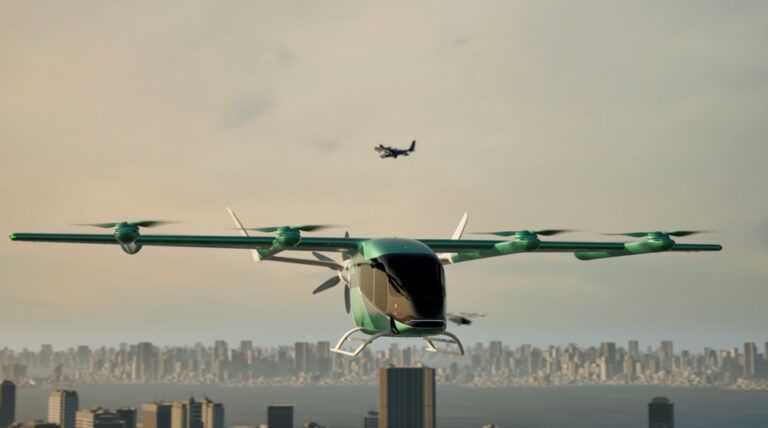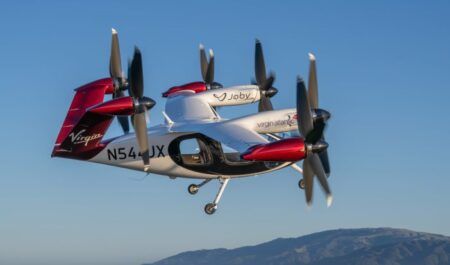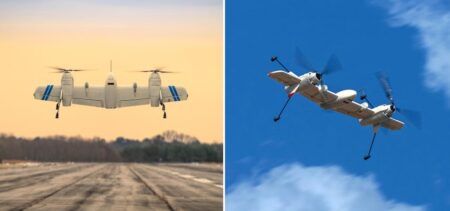Eve Air Mobility has named its Urban Air Traffic Management software Vector during updates on its development.
The Vector software is intended for use in Advanced Air Mobility (AAM) operations by eVTOL aircraft air taxi and drone companies, vertiport operators and existing Air Navigation Service Providers (ANSPs).
Eve, which is a subsidiary of Brazilian aerospace firm Embraer expects to advance towards an operational version of the software this year and to soon be trialling Vector with customers and partners in real-world scenarios.
Vector enables eVTOL aircraft to be integrated with other aircraft flying in low-level urban airspace, and provides automation to scale up the Urban Air Mobility (UAM) market.
Johann Bordais, Eve’s CEO said, “eVTOL aircraft flights will become an established transportation mode for communities worldwide. Eve expects first deliveries and entry into service as soon as 2026 and has been addressing the airspace and ATM challenges to support the introduction and growth of the market in a harmonized and safe way.
“Vector will streamline AAM operations from day one, coordinating all stakeholders involved to enhance safety, optimize performance, and maximize resource usage.”
So far Eve has 14 customers signed up to use Vector, including fleet operators, vertiports and airspace and flow management providers.
Eve said that Vector will enable eVTOL aircraft operators to make their operations more efficient, vertiports will manage resource availability with all operation stakeholders involved; and ANSPs and Providers of Services (PSU) for UAM will optimize the airspace and air traffic network for all users.
In November 2023, Eve partnered with business aviation opeator Flexjet to conduct a simulation to validate and refine Vector’s capabilities under real-scenario conditions and better understand the software’s commercial viability and applications. The simulation took place in the UK and involved 18 flights across eight aerodromes, exercising 26 different routes with alternative landing locations to test the standby flight plan functionality.
The team also tested delays at departure and destination with impacts on incoming flights, flight cancellations due to airspace and weather constraints, and in-flight emergencies, including alternative landing location requests.
According to Eve the simulation identified a lack of integration between fleet and vertiport operator systems to coordinate eVTOL flights safely and efficiently, an issue the company plans to address as a priority. Actions include integrating flight planning with airspace and vertiport resource availability, managing alternate landing locations from within flight planning to support the endurance limitations of electric aircraft and conformance management to inform stakeholders when flights deviate from their plan and affect other flights.
Brenden Hedblom, Eve’s head of traffic management solutions said, “Flight dispatchers are responsible for nearly all aspects of an operation, which requires extensive decision-making and tracking abilities. Urban ATM services can support these activities in preparation for AAM operations through increased levels of automation and an integrated view of the relevant information tied to a specific flight. Eve has been actively incorporating features, including feedback received through user testing, into Vector to ensure the value of its services translates directly to the end users.”





